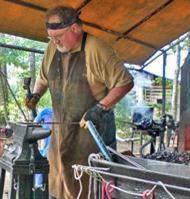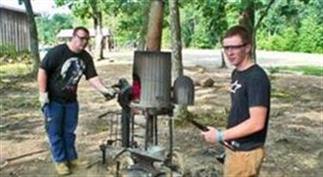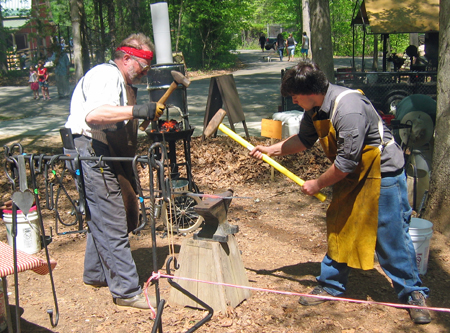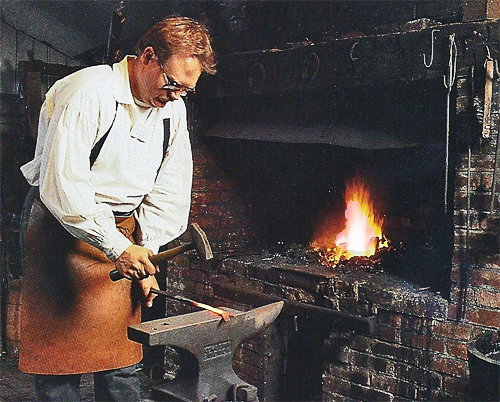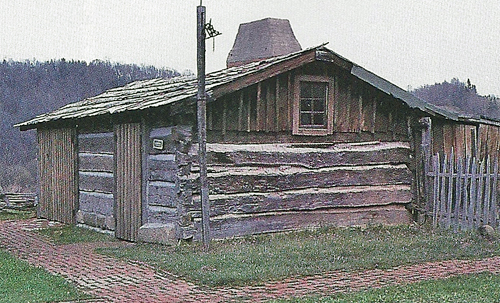ABOUT JEEP'S FORGE
James M. “Jeep” Sabo, Blacksmith/Tinsmith
First of all, how did I get the nickname “Jeep?”
I was about 10 or 11 years old and my brother was in the Navy. He gave me a sailor’s hat and I wore the hat everywhere. During that time, the cartoon Popeye the sailor man was on TV. The cartoon included a dog named “Jeep” who wore a sailor’s hat. Several kids in the neighborhood started calling me “Jeep” and the name stuck.
How did I get started in blacksmithing?
I have always been interested in building things with my hands. I took industrial arts and shop classes in high school and enjoyed building furniture. While still in high school I worked for a small construction company doing cement, brick and block work. That led to remodeling entire houses. I’ve always wanted to build a post and beam or log house in which to live, but I’ve not realized that dream as of yet.
"It Begins..."
While teaching at Salem College in Salem, West Virginia, in the mid 1980’s I was introduced to the resident blacksmith at Fort New Salem, a reconstructed early American fort settlement. The fort was the site for the college’s museum studies program and offered a variety of classes based on the arts, crafts and trades from the 1750’s – 1830’s. The blacksmith was relocating to Pennsylvania and needed someone to take over teaching blacksmithing classes and work in the blacksmith shop during celebrations held throughout the year. I took classes and started working at the fort during festivals. I also taught blacksmith classes in the summer while being employed full time at the college as the head athletic trainer and director of sports medicine. This continued through 1996. I’ve since moved on to other full time jobs in education. Passing it along...
However, what started as a hobby has turned into a part time business. I demonstrate blacksmithing at arts and crafts festivals and schools. I also teach the Metalwork/blacksmithing merit badge at Boy Scout camp during the summer. I’ve continued to take classes at a local college and attend workshops/hammer-ins to advance my knowledge of blacksmithing and metal work. I presently have several apprentices and teach basic blacksmithing classes at my shop. I enjoy doing what I can to educate others thus keeping the trade alive.

